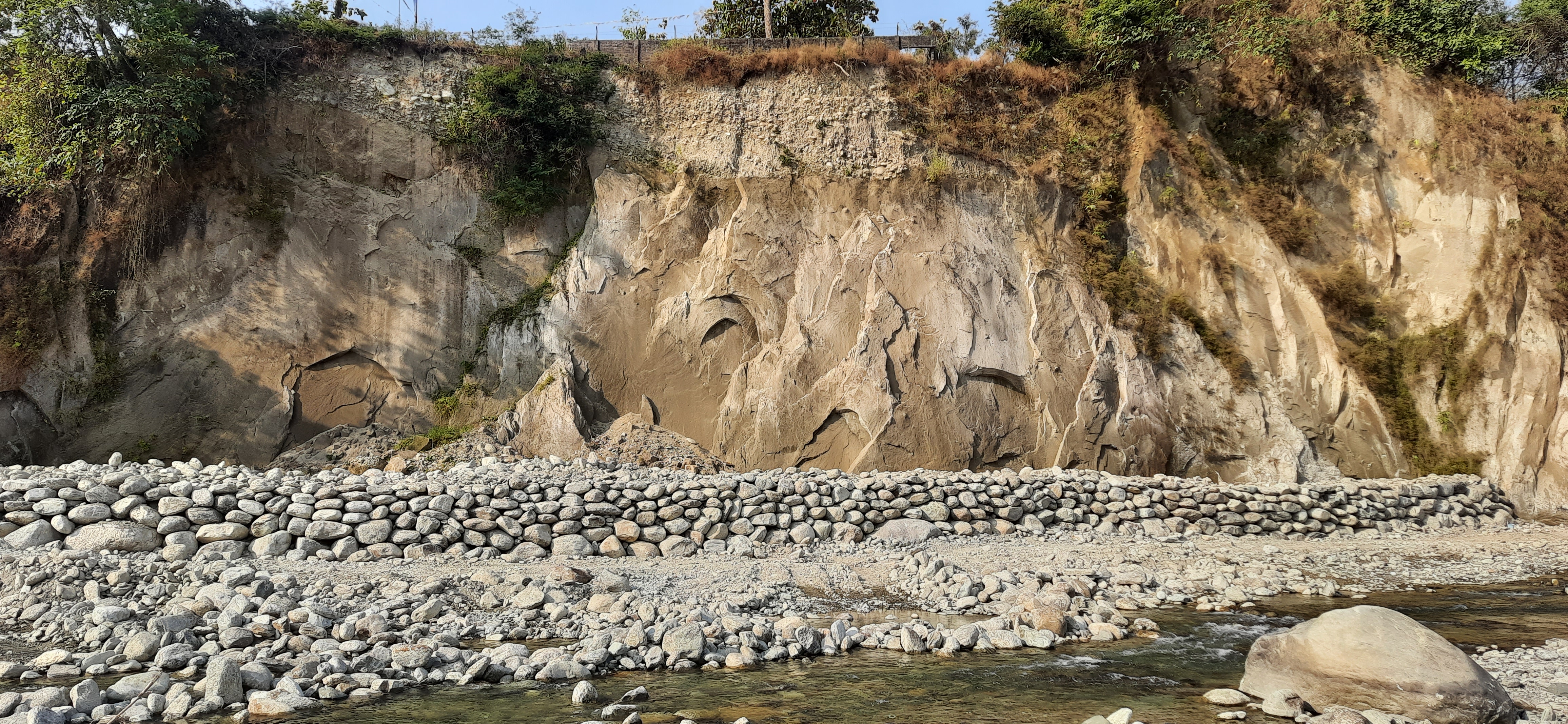collaborative approach where local communities and authorities share responsibility and decision-making for managing natural resources—such as forests, fisheries or ESAs—helps balance conservation with community needs, improve compliance, build trust and ensure long-term sustainability.
Wewalkele, one of the pilot ESAs, is home to several threatened species including the Thamba-laya (Labeo lankae), Leopard, Fishing cat, Elephant and Eurasian otter. Among its 125 flora species, tall and dense cane (Calamus) grows in muddy, thorny groves. Surrounding villages harvest Heen Wewal for handicrafts, often through unsustainable methods that supplement their income.
Recognizing Wewalkele’s biodiversity value and emerging threats, the Divisional Secretariat and community formed a Local Management Committee (LMC) in 2018 to develop a Co-Management Plan. The area was socially surveyed and physically demarcated to prevent encroachment and ensure conservation targets.
To leave no one behind, the project supported communities to shift from unsustainable harvesting to green jobs—improving skills, strengthening market linkages and promoting value-added cane products. Cane nurseries and replanting facilities were established to secure long-term livelihoods. Strong partnerships between local authorities, communities and the LMC ensured the ESA’s success. Wewalkele shows that communities, habitats and biodiversity can co-exist and thrive.
1. Clear Legal and Policy Framework
2. Strong Local Institutions and Leadership
3. Trust and Effective Communication
4. Equitable Benefit Sharing
5. Capacity Building
6. Consistent Government Support
7. Adaptive Management and Monitoring
One of the key lessons learned is that the absence or vagueness of legal and policy frameworks for co-management has limited the effectiveness and sustainability of ESA interventions at the initial stage of the project. Where clear, recognized backing was formed, community roles were more respected, rights were defined, and conservation outcomes become more enduring......
Equitable benefit sharing is essential to the success of ESA co-management. In the Wewalkele ESA, conservation efforts were designed to align with local livelihoods, particularly by enhancing the cane-based handicraft industry. Through training, market linkages, and institutional support, communities gained stable incomes while actively contributing to biodiversity conservation. This mutually beneficial arrangement demonstrates that when communities share both the responsibilities and rewards of managing an ESA, conservation efforts become more inclusive, participatory, and sustainable.
